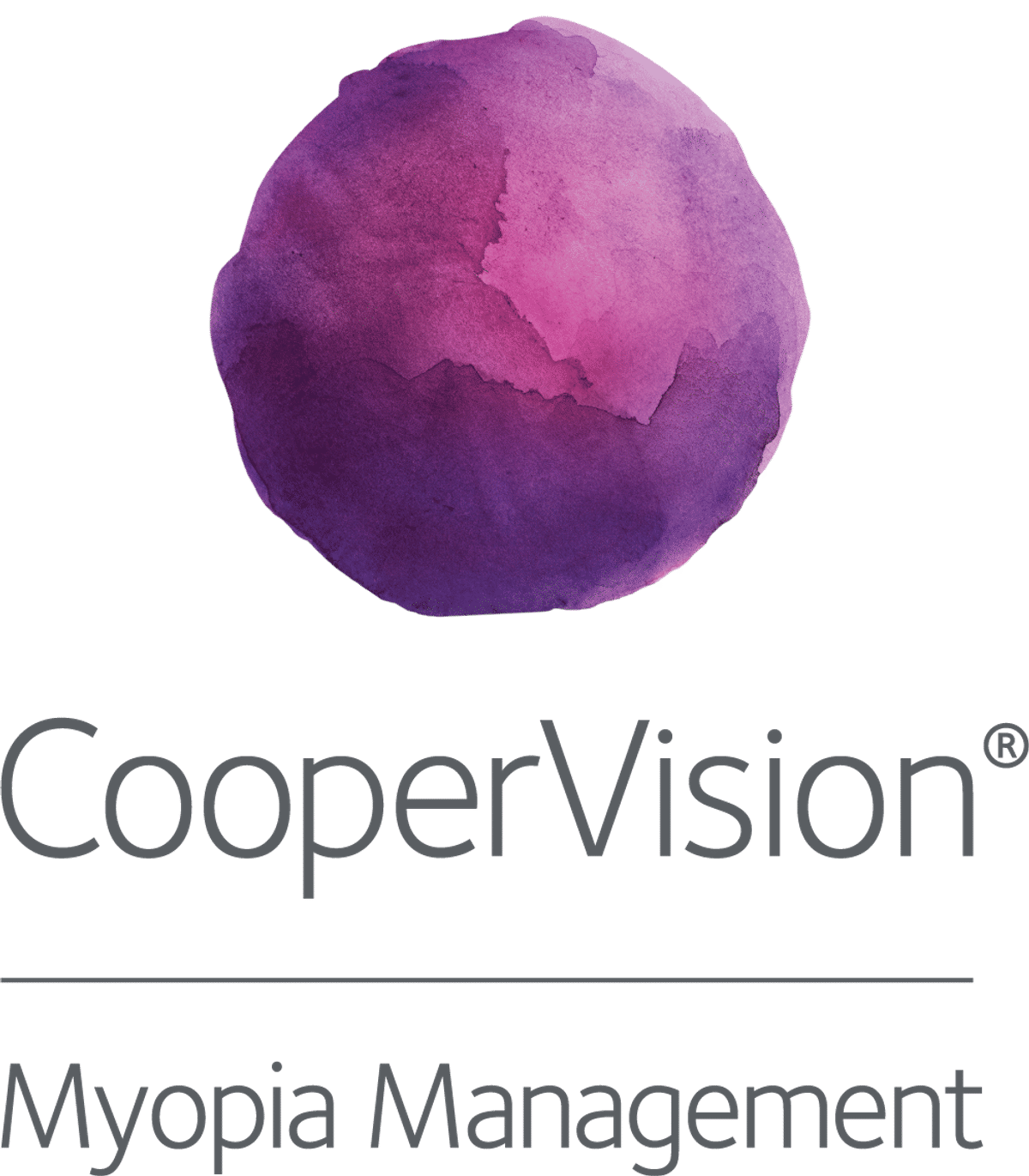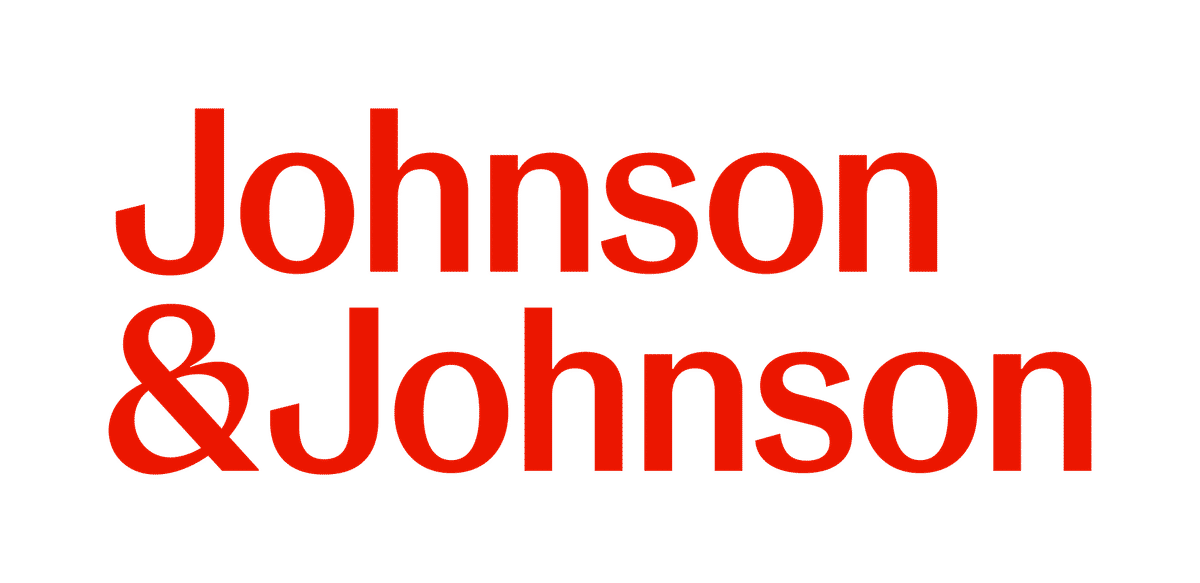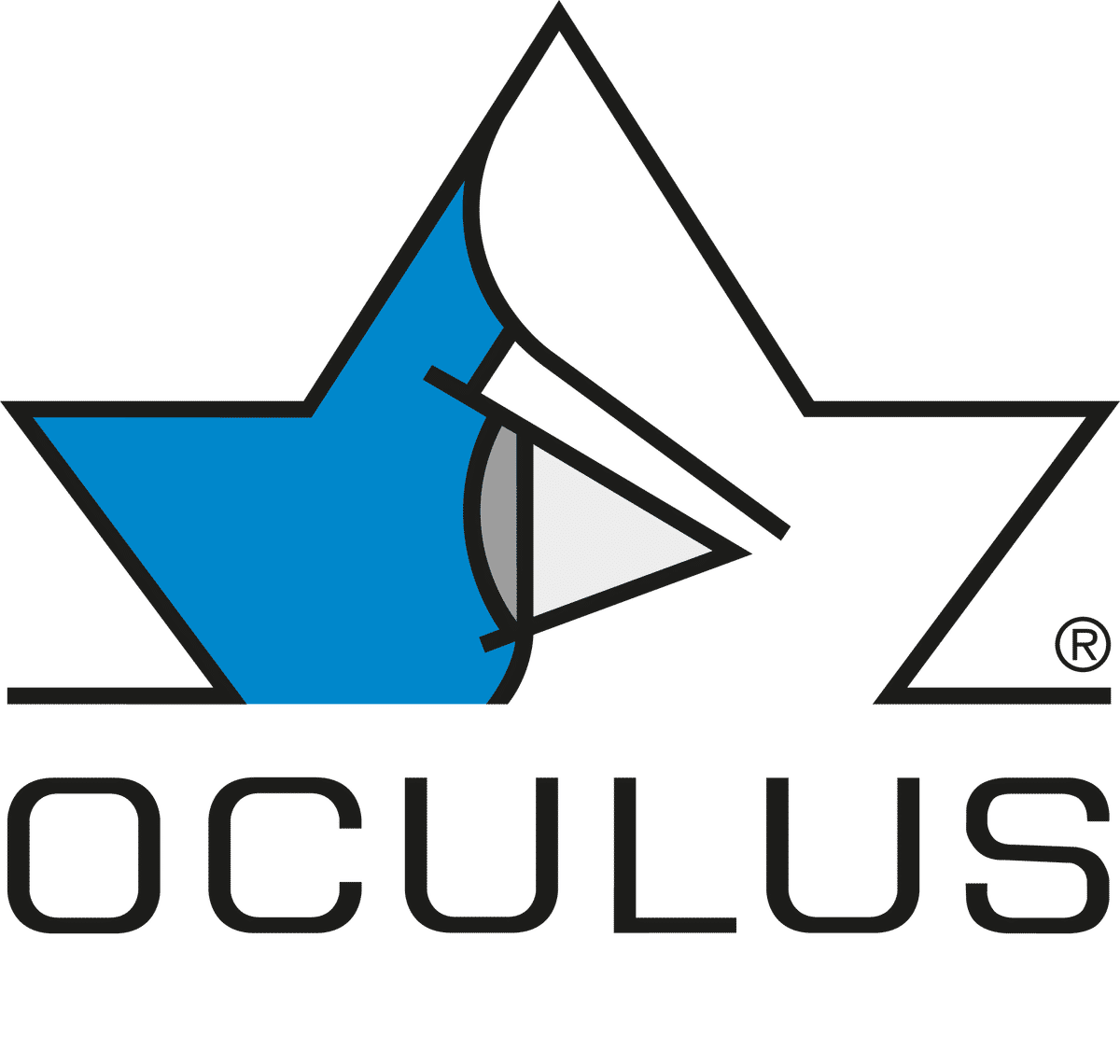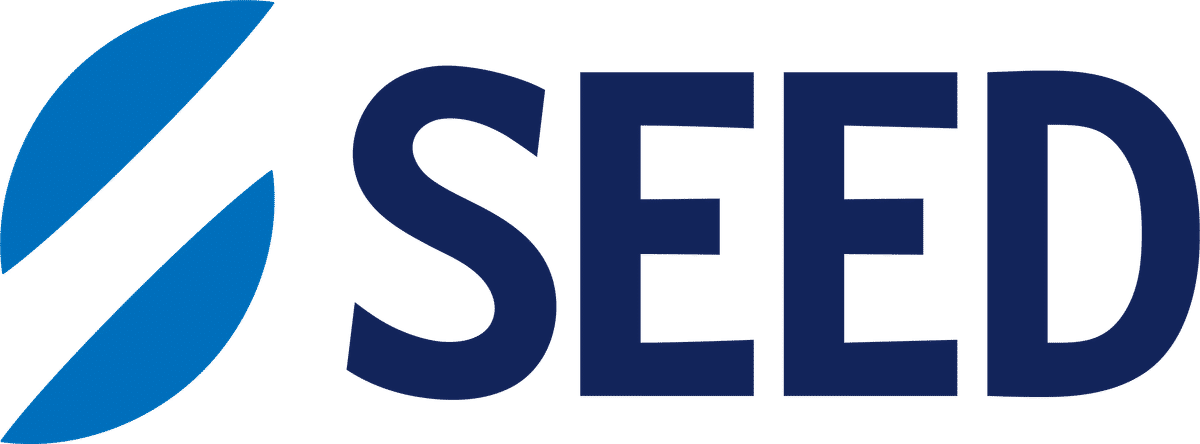Science
Comparing the rebound effects of myopia control interventions
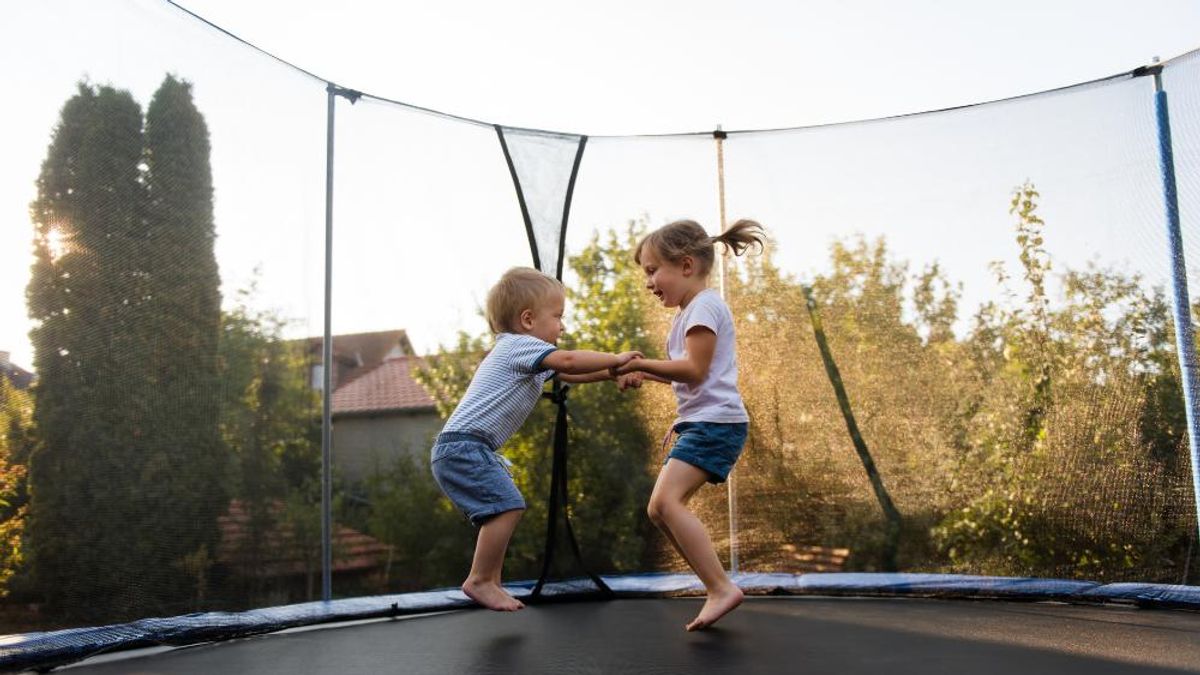
In this article:
This systematic review compares myopia control interventions across 11 RCTs with 1,704 children. Mean rebound after stopping treatment was 0.10 mm in axial length and −0.27 D in refraction over 10 months. Optical options showed smaller rebound effect than atropine or light-based therapies.
Paper title: Assessing the rebound phenomenon in different myopia control treatments: A systematic review
Authors: Sánchez-Tena MÁ (1,2), Ballesteros-Sánchez A (3,4), Martinez-Perez C (2), Alvarez-Peregrina C (1), De-Hita-Cantalejo C (3), Sánchez-González MC (3), Sánchez-González JM (3)
- Optometry and Vision Department, Faculty of Optics and Optometry, Complutense University of Madrid, Madrid, Spain.
- ISEC LISBOA (Instituto Superior de Educação e Ciências), Lisbon, Portugal.
- Department of Physics of Condensed Matter, Optics Area, University of Seville, Seville, Spain.
- Department of Ophthalmology, Clínica Novovisión, Murcia, Spain.
Date: Published online January 9, 2024
Reference: Sánchez-Tena MÁ, Ballesteros-Sánchez A, Martinez-Perez C, Alvarez-Peregrina C, De-Hita-Cantalejo C, Sánchez-González MC, Sánchez-González JM. Assessing the rebound phenomenon in different myopia control treatments: A systematic review. Ophthalmic Physiol Opt. 2024 Mar;44(2):270-279
Summary
Several myopia control approaches have proven effective in slowing myopia progression. Each vary in their treatment efficacy and in the changes that may occur once treatment stops. Understanding the rebound effect is important for managing expectations and long-term outcomes. To explore this, the authors conducted a systematic review of 11 randomised controlled trials published between 2013 and 2023, involving 1,704 children with a mean age of 10.5 years.
Interventions included atropine (0.01–0.5%), DIMS/HAL spectacle lenses, soft multifocal contact lenses, orthokeratology, and low-level red light therapy. Follow-up ranged from 12 to 72 months, with a mean washout period of 10 months. Axial length and spherical equivalent refraction changes were compared between children who continued versus those who ceased treatment.
Key findings were as follows.
- Aggregating all myopia control interventions, the mean rebound effect was 0.10 mm and −0.27 D after 10 months of washout.
- DIMS/HAL spectacle lenses, soft multifocal contact lenses, and orthokeratology showed smaller rebound effects (mean rebound effect 0.04 mm and −0.13 D) than atropine or light-based therapies.
- Atropine can exhibit a significant rebound effect, second only to low-level light therapy (mean rebound effect 0.11mm and −0.35D, mean washout period 10.5 months).
- Low-level light therapy was linked to the largest rebound among interventions (mean rebound effect 0.23 mm and −0.46 D, mean washout period 7.5 months).
What does this mean for my practice?
This review highlights that rebound after treatment cessation is not uniform across therapies, and this difference has important clinical implications.
Optical interventions such as DIMS spectacle lenses, HAL lens designs, orthokeratology, and soft multifocal contact lenses appear to have minimal rebound if treatment is stopped during adolescence. Optical interventions generally result in lower rebound than low-dose atropine, making them useful options if treatment discontinuation is anticipated.
Atropine shows a dose-related pattern, where higher concentrations are more likely to produce greater rebound after cessation, while lower doses such as 0.01–0.05% tend to have much smaller effects.
Red light therapy has also been associated with marked rebound, highlighting the need for careful discussion with patients and parents about what may happen if such treatments are discontinued.
What do we still need to learn?
The studies featured in this review varied by study design, treatment protocols, and washout periods, making direct comparison between therapies difficult. The rebound effect was only measured only at the end of the washout period (average 10 months), potentially overlooking short-term changes in refraction and axial length. The included studies spanned more than a decade, during which study methods changed over time.
Future research should aim for long-term, multicentre trials with consistent washout protocols and multiple follow-up points to track rebound patterns and improve comparability between treatments.
Abstract
Purpose: To review the rebound effect after cessation of different myopia control treatments.
Methods: A systematic review that included full-length randomised controlled studies (RCTs), as well as post-hoc analyses of RCTs reporting new findings on myopia control treatments rebound effect in two databases, PubMed and Web of Science, was performed according to the PRISMA statement. The search period was between 15 June 2023 and 30 June 2023. The Cochrane risk of bias tool was used to analyse the quality of the selected studies.
Results: A total of 11 studies were included in this systematic review. Unifying the rebound effects of all myopia control treatments, the mean rebound effect for axial length (AL) and spherical equivalent refraction (SER) were 0.10 ± 0.07 mm [-0.02 to 0.22] and -0.27 ± 0.2 D [-0.71 to -0.03] after 10.2 ± 7.4 months of washout, respectively. In addition, spectacles with highly aspherical lenslets or defocus incorporated multiple segments technology, soft multifocal contact lenses and orthokeratology showed lower rebound effects compared with atropine and low-level light therapy, with a mean rebound effect for AL and SER of 0.04 ± 0.04 mm [0 to 0.08] and -0.13 ± 0.07 D [-0.05 to -0.2], respectively.
Conclusions: It appears that the different treatments for myopia control produce a rebound effect after their cessation. Specifically, optical treatments seem to produce less rebound effect than pharmacological or light therapies. However, more studies are required to confirm these results.
Meet the Authors:
About Ailsa Lane
Ailsa Lane is a contact lens optician based in Kent, England. She is currently completing her Advanced Diploma In Contact Lens Practice with Honours, which has ignited her interest and skills in understanding scientific research and finding its translations to clinical practice.
Read Ailsa's work in the SCIENCE domain of MyopiaProfile.com.
Enormous thanks to our visionary sponsors
Myopia Profile’s growth into a world leading platform has been made possible through the support of our visionary sponsors, who share our mission to improve children’s vision care worldwide. Click on their logos to learn about how these companies are innovating and developing resources with us to support you in managing your patients with myopia.

